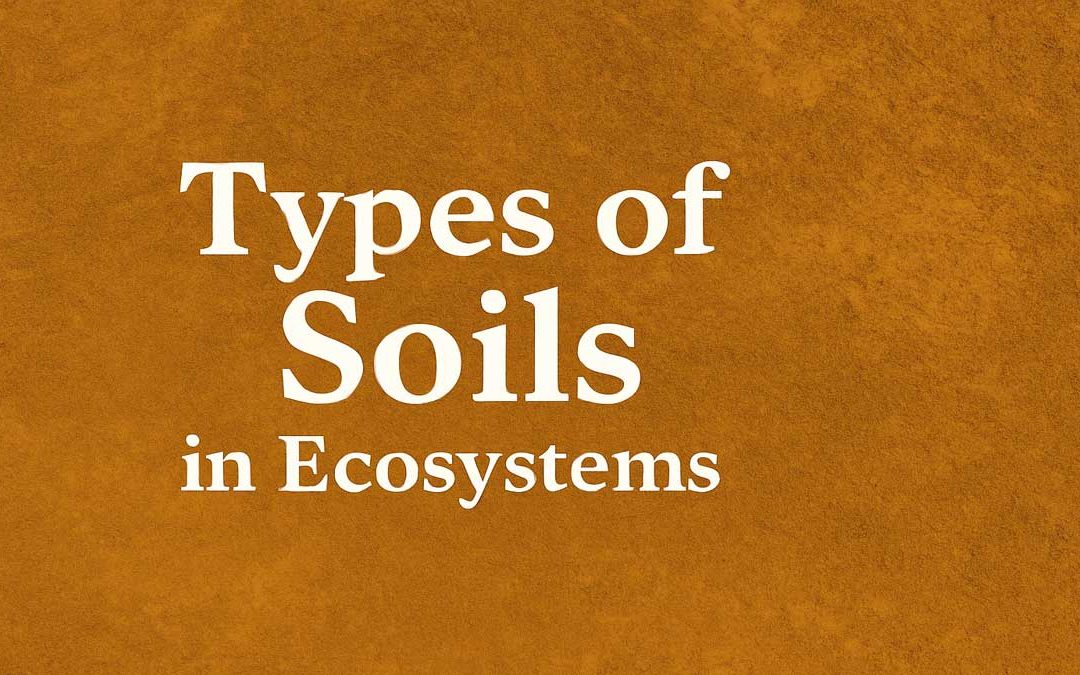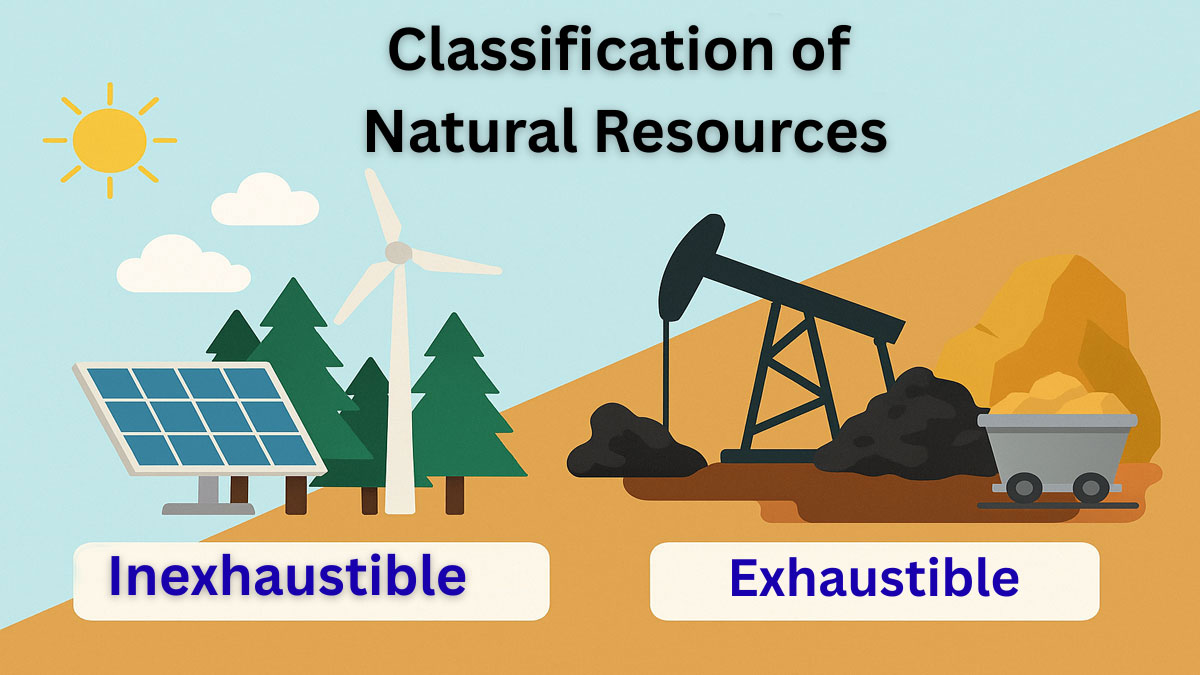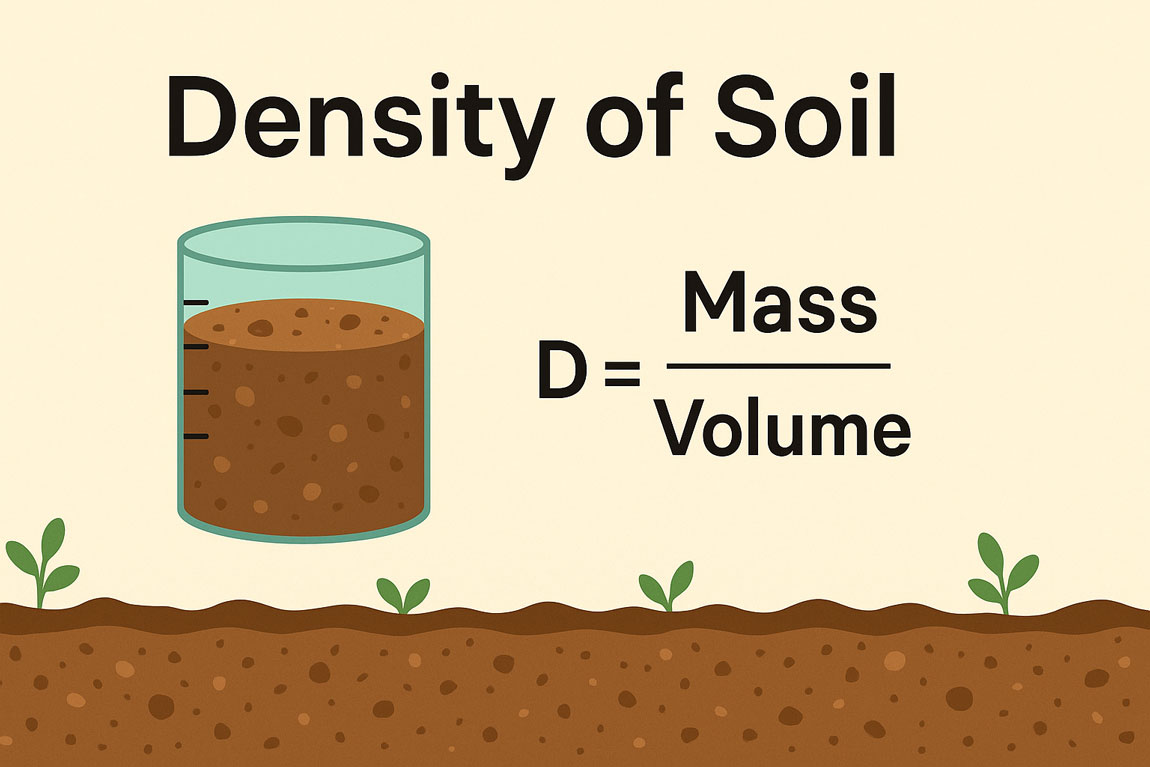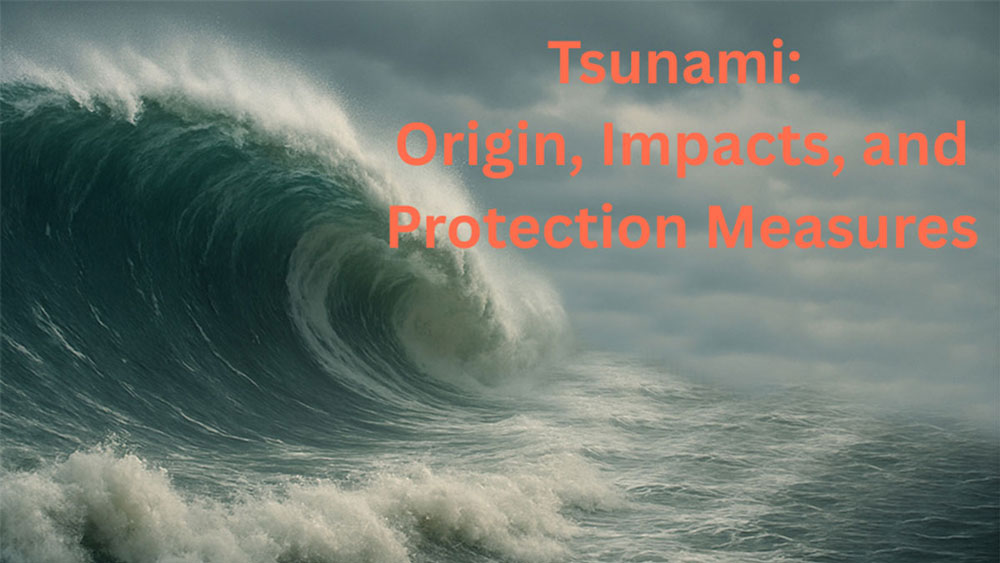Soil forms the foundation of agriculture, construction, and ecosystems. Farmers, engineers, and environmentalists must understand the types of soils to make informed decisions. This guide explores the classification of soils based on grain size, origin, composition, and commonly used soil types.
General Types of Soils:
Soil forms through physical and chemical weathering. The size of the particles in weathered rock can vary from microscopic (colloidal) to massive (boulders).
Not all weathered rock fragments qualify as soil. Based on grain size, we classify soil particles as cobbles, gravel, sand, silt, and clay. Particles with diameters between 4.75 mm and 76.2 mm fall under gravel.
If you can see the grains with the naked eye but they’re smaller than 4.75 mm, the material is sand. The smallest grains visible to the naked eye measure about 0.075 mm. Particles between 0.075 mm and 0.002 mm are called silt, while those finer than 0.002 mm are clay.
This size-based classification does not reflect the properties of fine-grained materials. Based on origin, soils fall into two main groups:
- Residual soils
- Transported soils
Residual Soils:
Residual soils stay at the place where they form through the weathering of parent rocks. Climate and exposure time largely determine their depth. In some regions, residual soils can develop considerable thickness.
In temperate climates, residual soils usually appear stiff and stable. Their grain size varies widely. For example, when you sieve a residual soil sample, the amount that passes through depends on how vigorously and how long you shake it due to partial disintegration.
Transported Soils:
Transported soils form in one location and move to another through natural forces like glaciers, wind, or water. We name them based on their mode of transport:
- Alluvial soils: carried by running water
- Lacustrine soils: deposited in calm lakes
- Marine soils: settled in seawater
- Aeolian soils: transported by wind
- Colluvial soils: moved by gravity, such as in landslides
- Glacial soils: left behind by glaciers
Many transported soils remain loose and soft for hundreds of feet in depth. As a result, they often present challenges in construction and foundation design.
Organic and Inorganic Soils:
Soils are also classified as organic or inorganic. Organic soils usually form from decaying plant matter (like peat) or from accumulated skeletal remains of organisms.
Thus, a soil of organic origin can include either organic matter or inorganic fragments. However, we typically use the term “organic soil” for a transported soil rich in decayed plant material mixed with weathered rock products.
Names of Common Soils in Practice:
1. Bentonite
This clay forms from decomposed volcanic ash and contains a high amount of montmorillonite. It shows extreme clay behavior.
2. Varved Clays
These consist of alternating thin layers of silt and clay from glacial origin. They exhibit the poor properties of both materials. Melted ice from the last Ice Age carried their particles into freshwater lakes.
3. Kaolin and China Clay
These are pure white clays widely used in the ceramic industry.
4. Boulder Clay
This unstratified mixture of glacial clay includes rock fragments ranging from boulders to fine clay particles.
5. Calcareous Soil
This soil contains calcium carbonate and reacts with weak hydrochloric acid.
6. Marl
Marl combines calcareous sands, clays, and loam.
7. Hardpan
Hardpan is a dense, rock-like soil layer that resists water softening. Boulder clays or glacial till may also be referred to as hardpan.
8. Caliche
Caliche consists of clay, sand, and gravel cemented by calcium carbonate deposited from groundwater.
9. Peat
Peat is a fibrous mass of decayed plant matter. Due to its high compressibility, it is unsuitable for structural foundations without caution.
10. Loam
Loam is a balanced mix of sand, silt, and clay.
11. Loess
Loess is a fine, wind-blown deposit with uniform grain size and high void ratio. Its particles (0.01 to 0.05 mm) form in dry regions and allow deep vertical cuts because of light natural cementation. The soil appears yellowish light brown.
12. Shale
Shale sits between clay and slate in formation. Though often considered rock, it may break down quickly when exposed to air or water.
Conclusion:
Understanding soil types is essential for agriculture, construction, and environmental science. From residual and transported soils to organic and inorganic varieties, each type offers distinct characteristics. Whether you’re working with bentonite, loam, or peat, recognizing soil properties enables better planning in farming, engineering, and land management.






